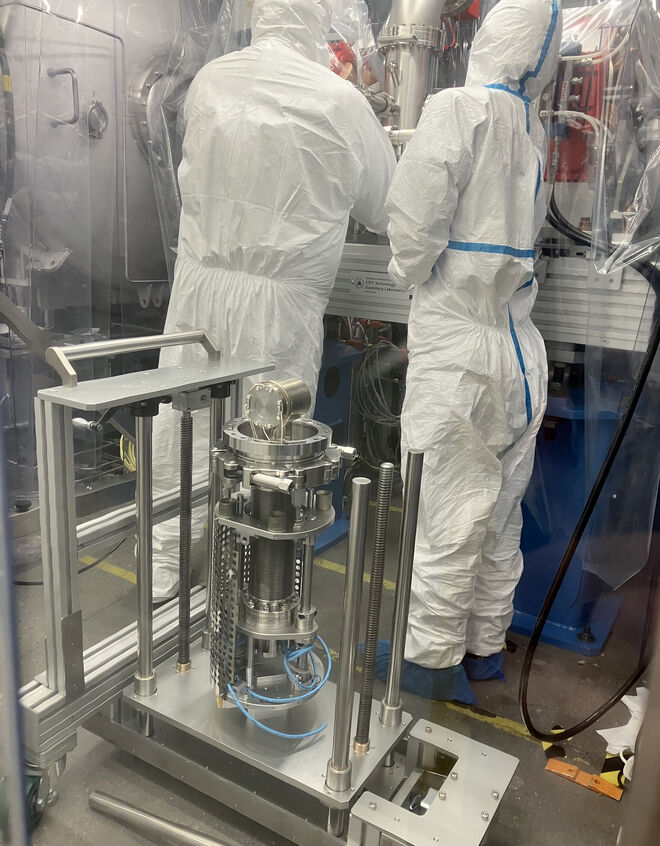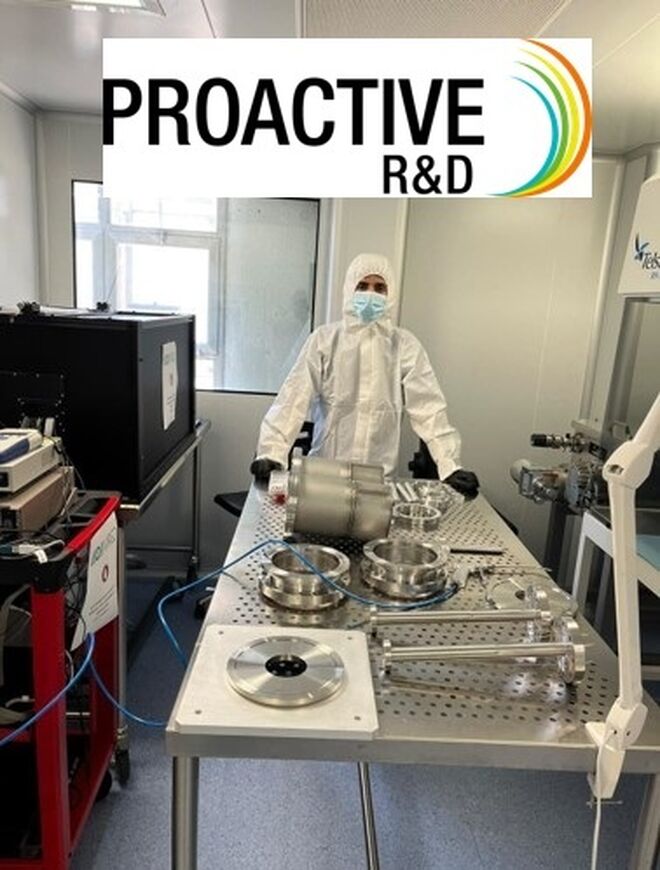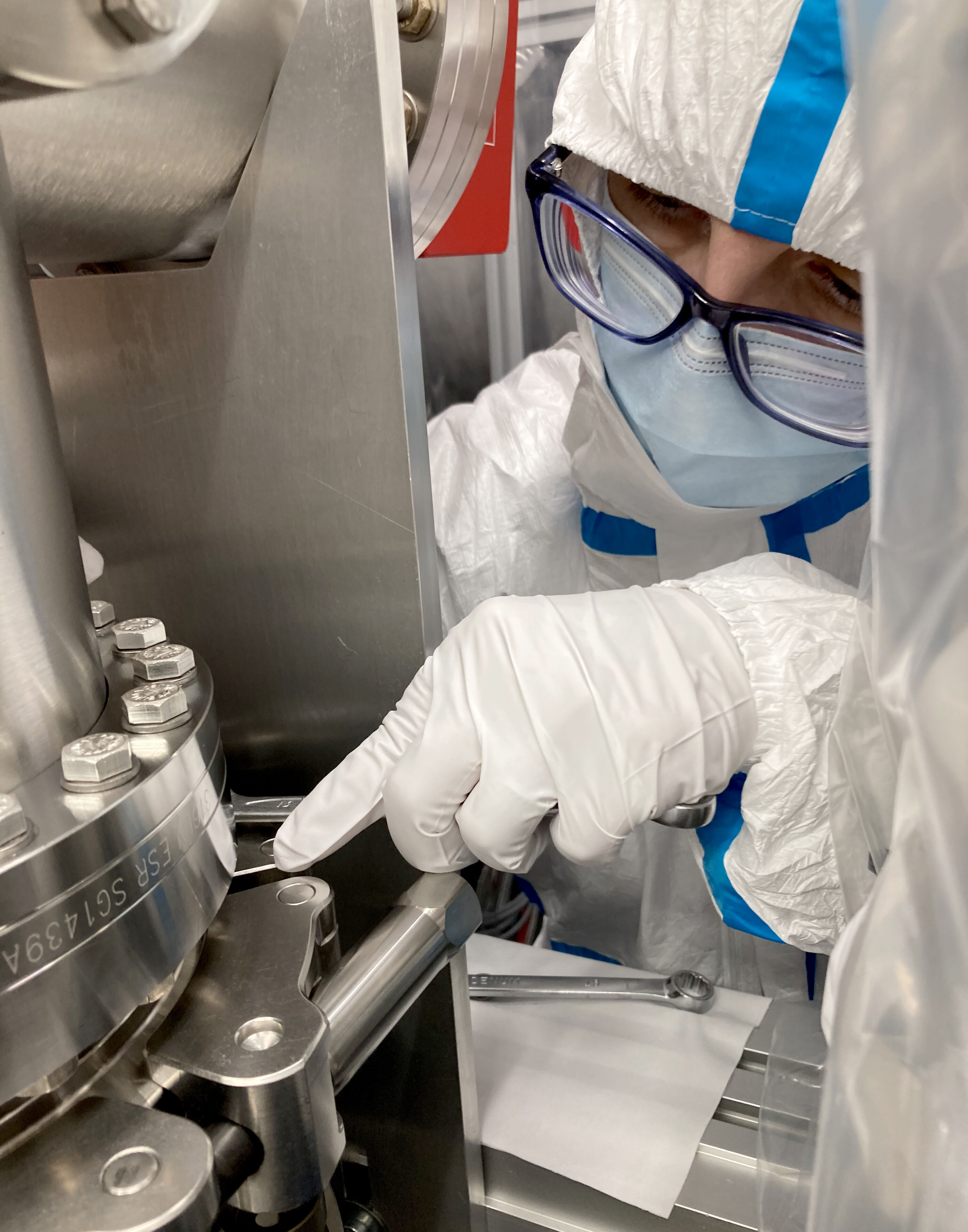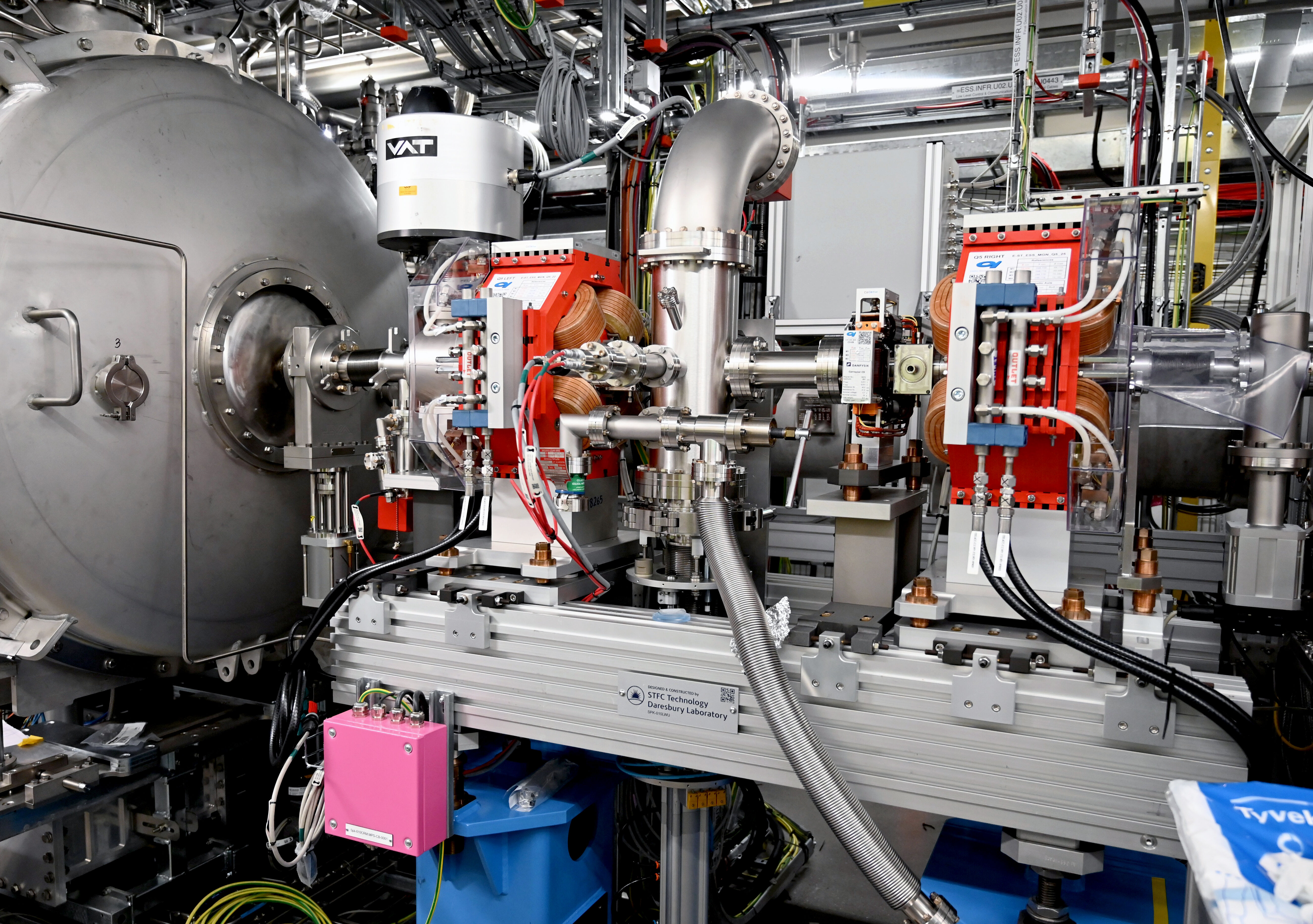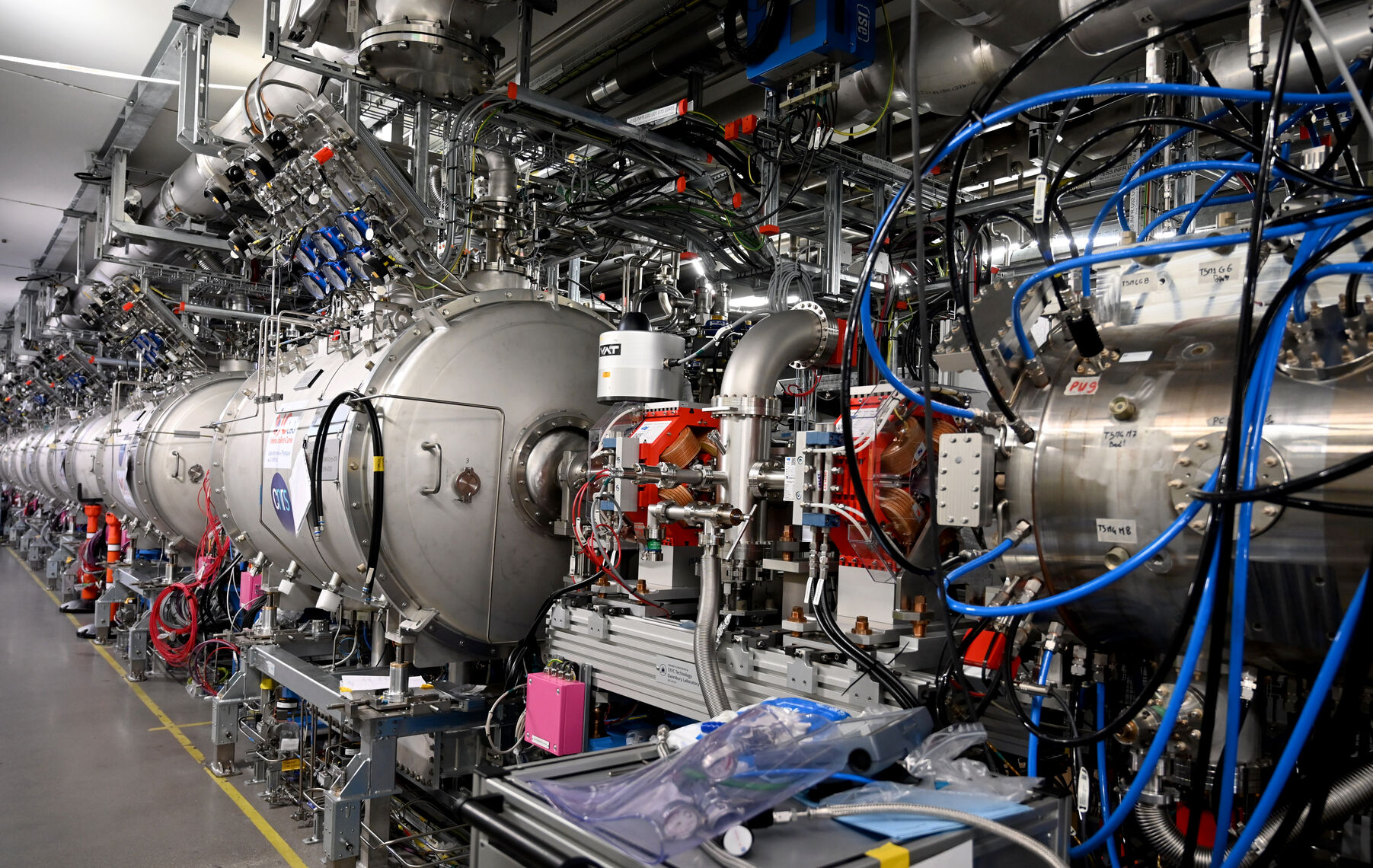
ESS has successfully installed the first Insertable Beam Stop, a diagnostics device designed for the Spoke section of the ESS superconducting linac.
This installation is important for the linac commissioning and to ensure the safe operation of the ESS accelerator. It was achieved through extensive collaboration across various technical teams.
On August 22, the Spoke Insertable Beam Stop (SPK IBS) was successfully installed within the Linac Warm Unit of the first Spoke Cryomodule in the accelerator tunnel. This device is designed to withstand a 92 MeV high-power proton beam entering the Spoke section of the ESS linac.
The Insertable Beam Stop is a vital component in particle accelerator systems like the one at ESS. Its main purpose is to intercept and safely stop the proton beam, particularly during testing and setup phases. This prevents the beam from causing damage to the equipment or posing a radiation risk. The SPK IBS, specifically, is designed to withstand the high power of the proton beam within the first segment of the superconducting linac.
The SPK beam stop was designed by the team at ESS in Sweden, and manufactured by Proactive R&D in Spain.
Elena Donegani, the system lead, expressed her gratitude for the extensive collaboration across various departments at ESS: "The successful installation of the SPK IBS would not have been possible without the dedicated efforts and collaboration of multiple teams at ESS. Special thanks to Beam Physics, Radiation Protection, Integrated Control Systems, Mechanical Engineering, Facility Management, Project Management, Infrastructure Installation, Survey Alignment and Metrology, Spatial Integration, Procurement and Logistics, and the Vacuum team. Additionally, the radiation transport calculations were crucial, and I would like to thank the DMSC team for their support and the computing time on the cluster.
Special acknowledgments to Anders Olsson (Senior Structural Engineer), to Artur Gevorgyan (Vacuum Engineer) and to Juan Herranz (CEO of Proactive R&D) for their invaluable contributions during the design, manufacturing, testing, and installation stages."
This collaborative effort underscores the complexity and precision required to develop and install such advanced technology, which plays a critical role in ensuring the safety and functionality of the ESS accelerator.

























